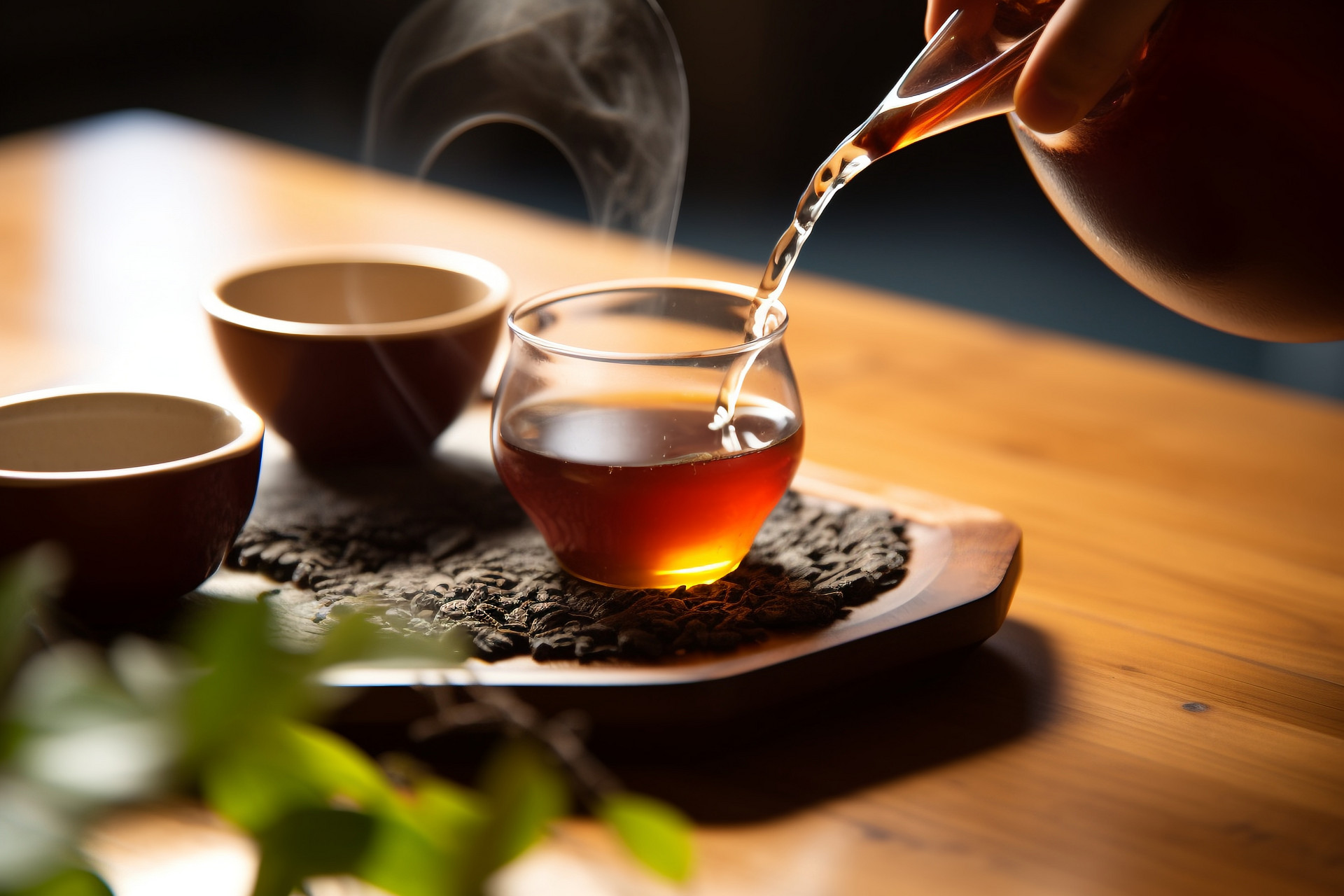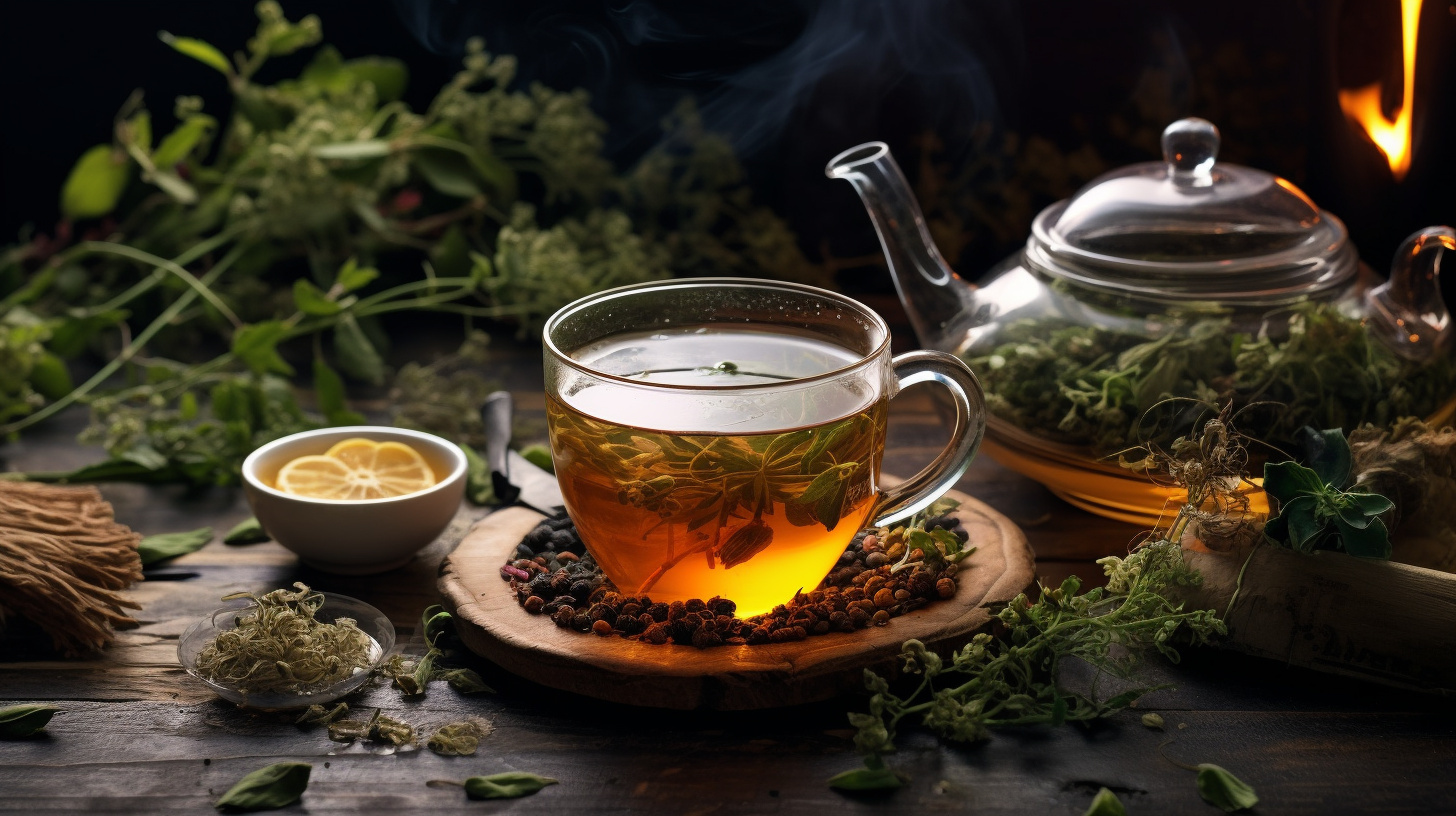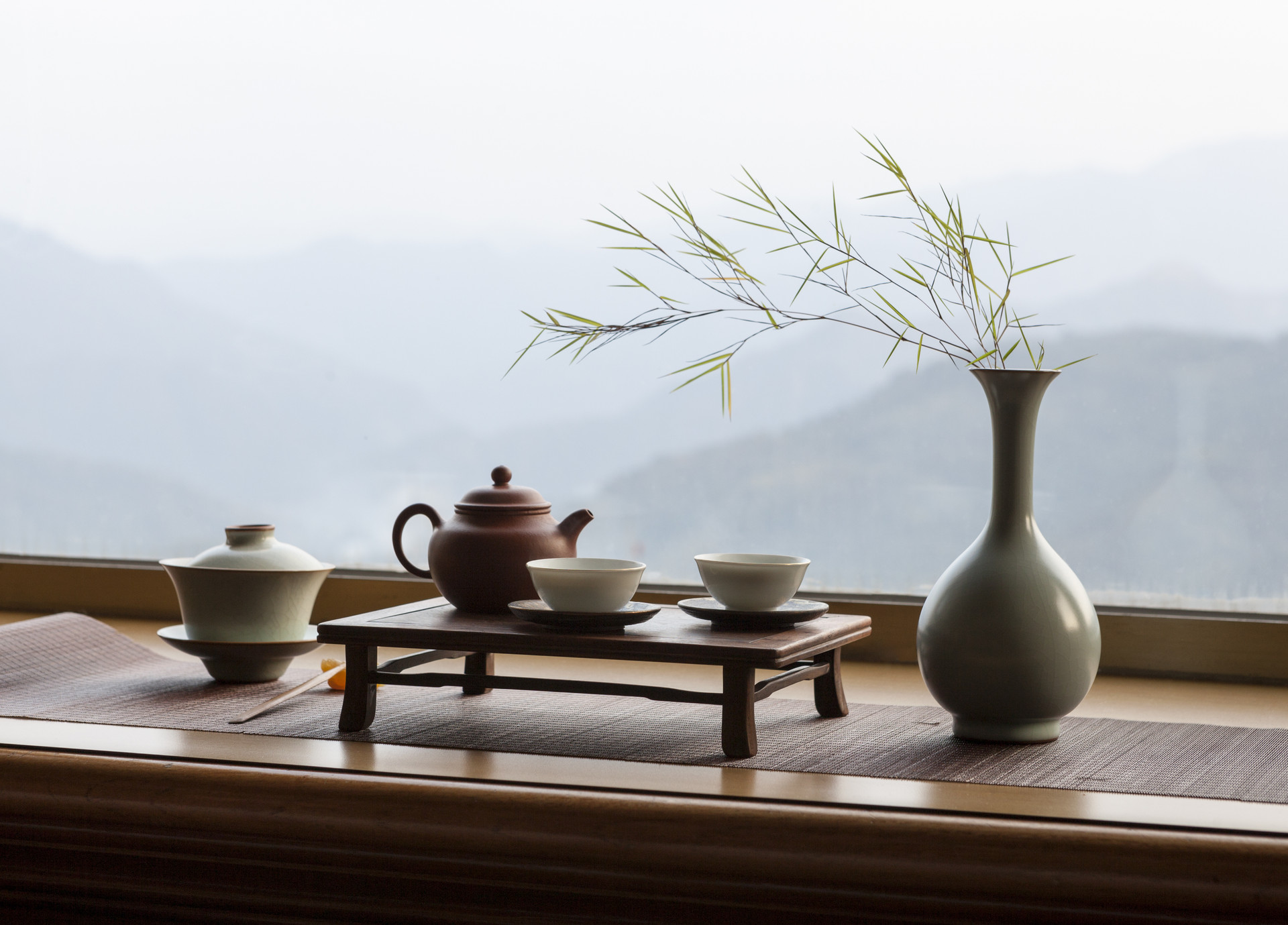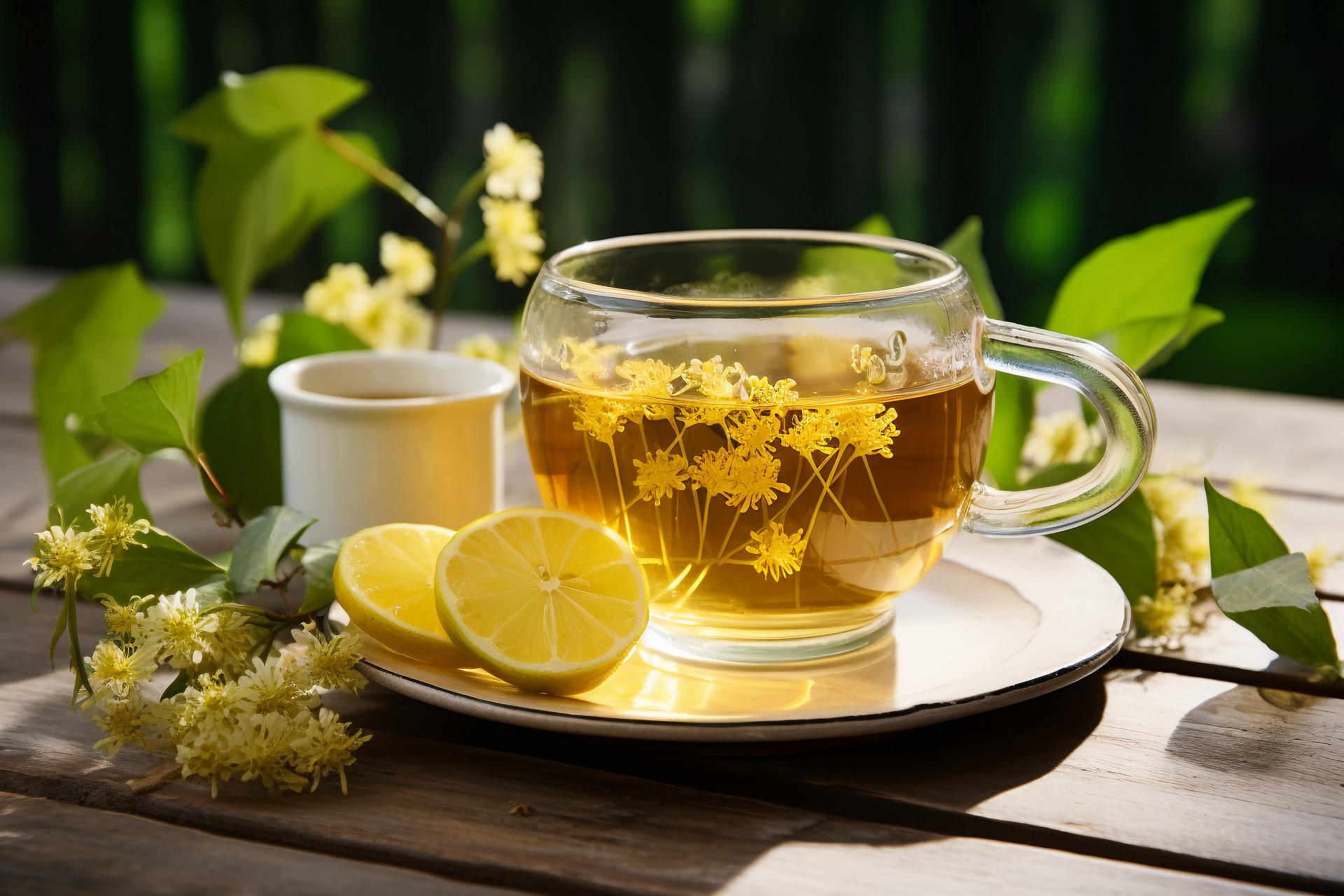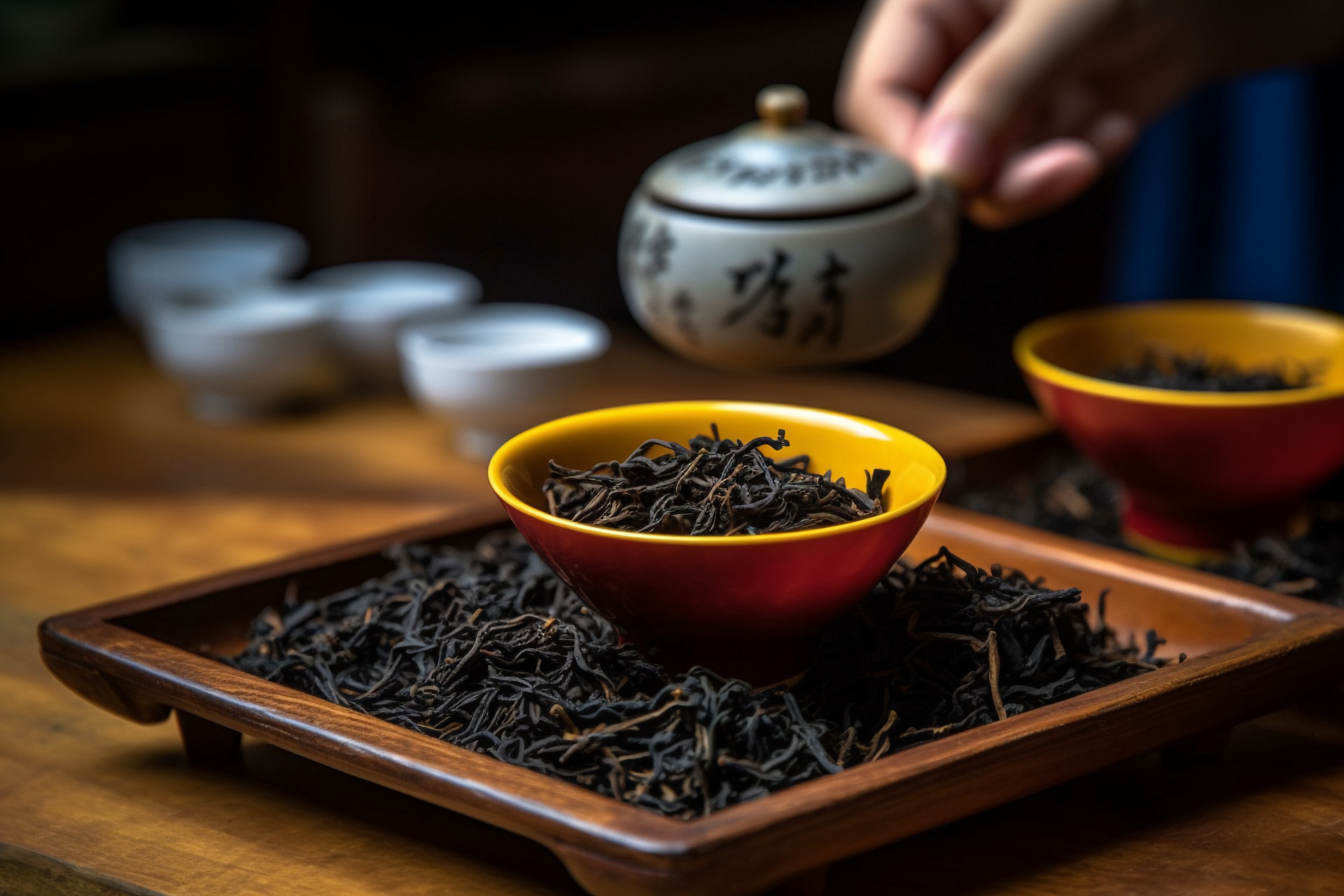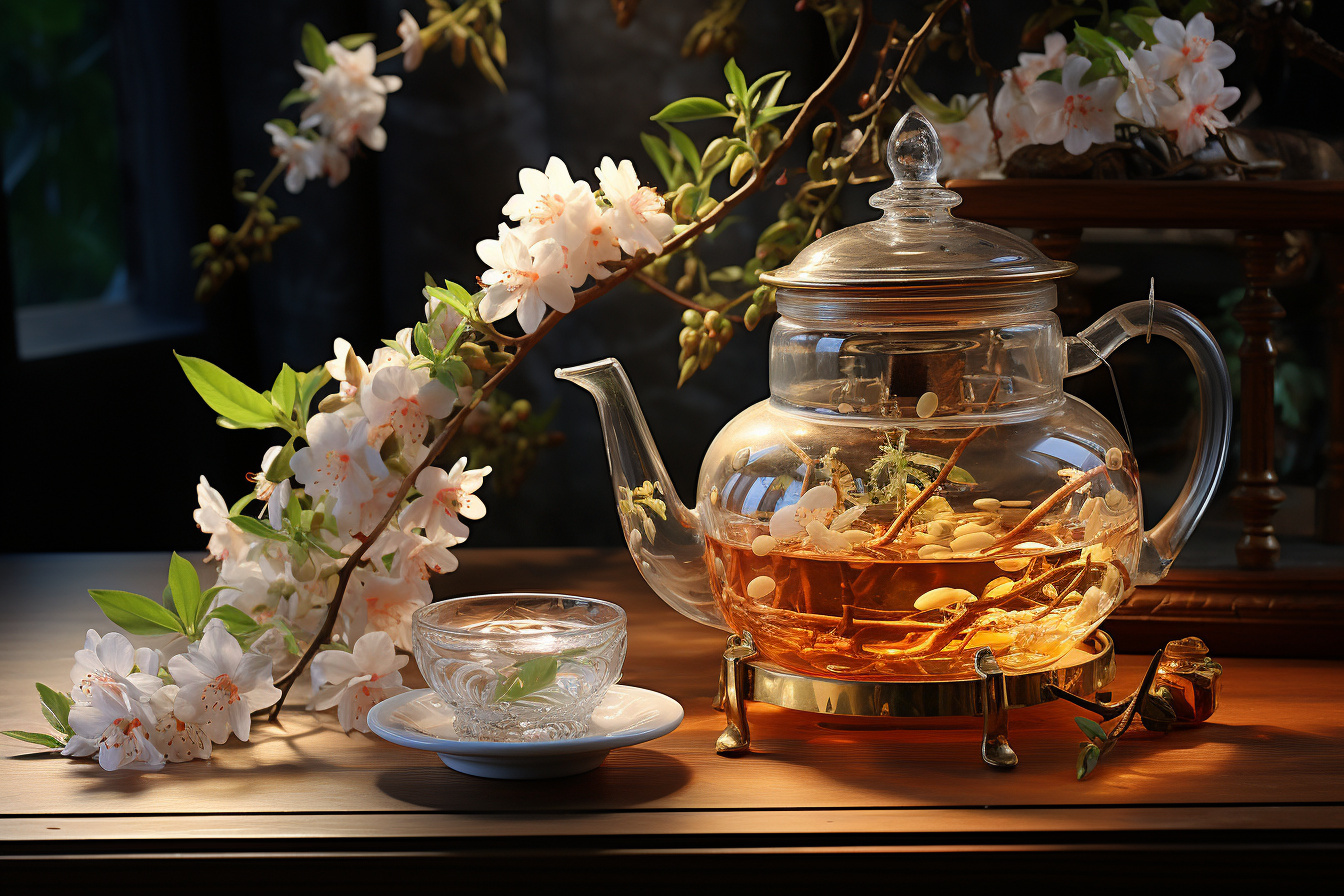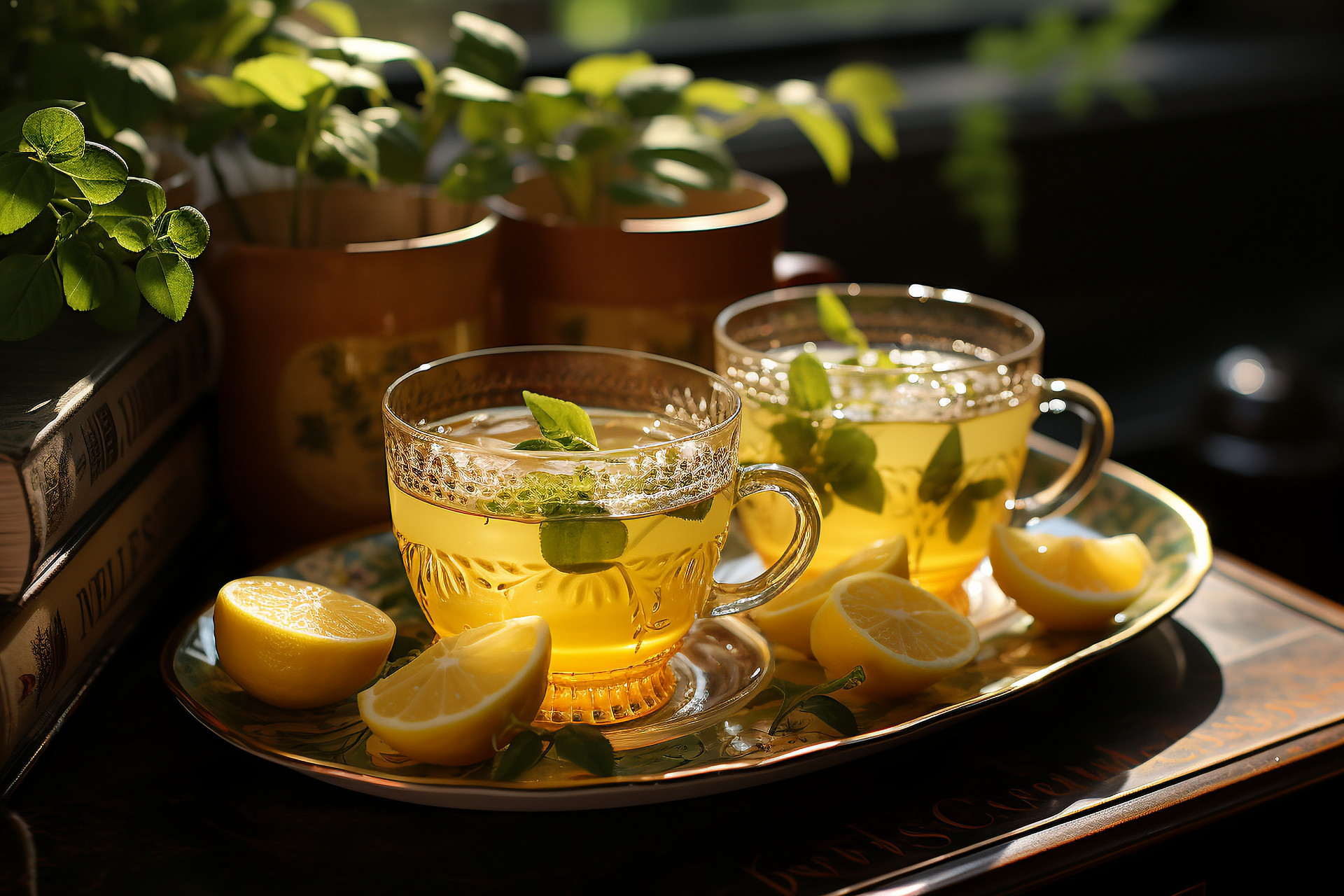Black tea belongs to post-fermented tea, named for its dark brown color. Black tea is mainly produced in Hubei, Yunnan, Hunan, Jiangxi, and Sichuan provinces. The production of black tea is a result of the oxidation process of green tea. In ancient times, due to the inconvenience of transportation, polyphenols in green tea would undergo oxidation during the tea transportation process, causing the color of green tea to change to dark brown. Along with the color change, the taste of the tea leaves also became strong and mellow. Strictly speaking, black tea is a branch type of green tea. There are many varieties of black tea, and below are a few representative examples.
(1) Hubei Laoqing Tea: This is one of the representatives of black tea, mainly produced in Xianning, Chongyang, and Tongshan in Hubei province, with a history of over a hundred years. Laoqing tea can be divided into surface tea and inner tea based on the production process. The production process of surface tea is complex, and the tea is relatively refined. Based on the quality, black tea can be divided into first-grade "Sa surface tea," second-grade "Er surface tea," and third-grade "Li tea." Regular consumption of Laoqing tea can promote digestion and alleviate the discomfort caused by greasy food.
(2) Yunnan Pu'er Tea: This is the most representative variety of black tea. It is made from the tender buds of high-quality Yunnan large-leaf tea trees. The buds are soaked in water and fermented to produce the renowned tea. The characteristics of Pu'er tea are: neat and plump leaf shape, red-brown and oily appearance, bright and transparent red color of the tea soup, rich flavor, and a smooth and refreshing taste. While we usually choose new tea when drinking green tea, Pu'er tea is the opposite. The longer it is stored, the more fragrant and mellow it becomes, even after repeated brewing. Additionally, Pu'er tea has medicinal properties in traditional Chinese medicine. It is recorded in the "Compendium of Materia Medica" that Pu'er tea can be used as medicine. According to traditional Chinese medicine, Pu'er tea has a warm and sweet-bitter taste and can generate body fluids, warm the middle, aid digestion, and nourish the stomach. It has significant effects on poor appetite, indigestion, nausea, and fatigue. Modern medical research has also found that Pu'er tea has certain disease prevention effects. Regular consumption of Pu'er tea can soften blood vessels, reduce cholesterol levels in the blood, and prevent cardiovascular and cerebrovascular diseases.
(3) Liubao Tea: Named after Liubao Township in Cangwu County, Guangxi. Its characteristics are: cylindrical-shaped leaves, deep red tea soup, a strong aroma accompanied by the flavors of betel nut and pine smoke. This tea can clear heat and relieve summer heat, making it most suitable for consumption in the hot and humid weather conditions of southern China. Liubao tea also has medicinal properties for health preservation. Regular consumption can moisten the lungs, relieve cough, generate body fluids, quench thirst, clear heat, and dissolve phlegm. It is suitable for symptoms of cough caused by lung yin deficiency.


![[The Risks of Eating Hawthorn During Pregnancy]](https://tcmmaintenance.com/uploads/20240715/97742b67f97f94c495ae1389337c5c41.jpg)
